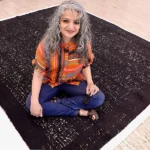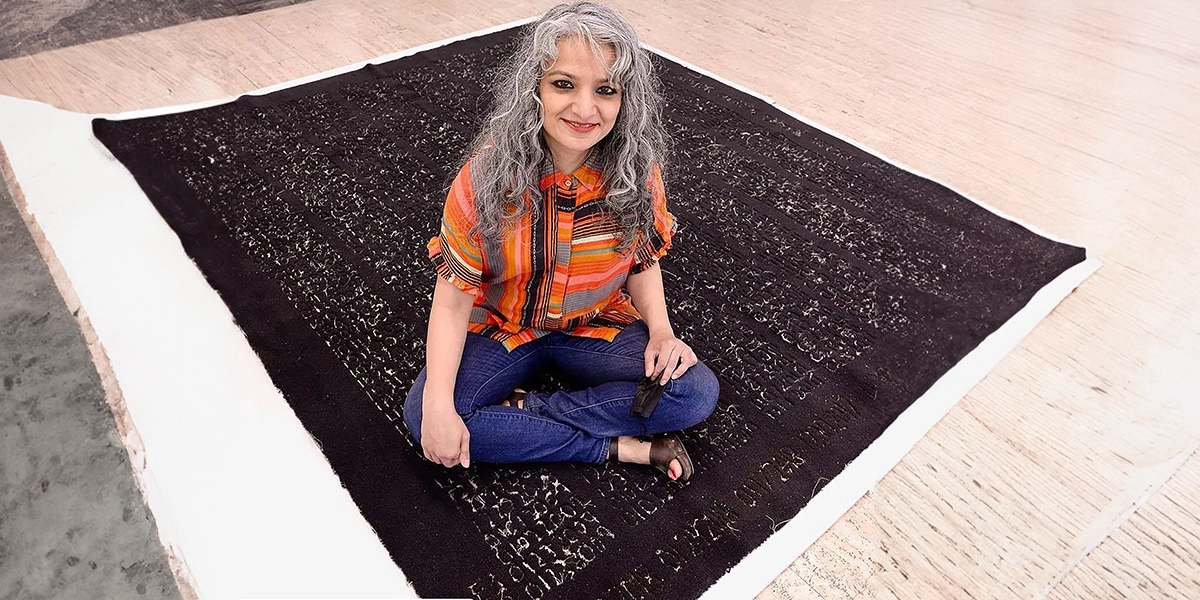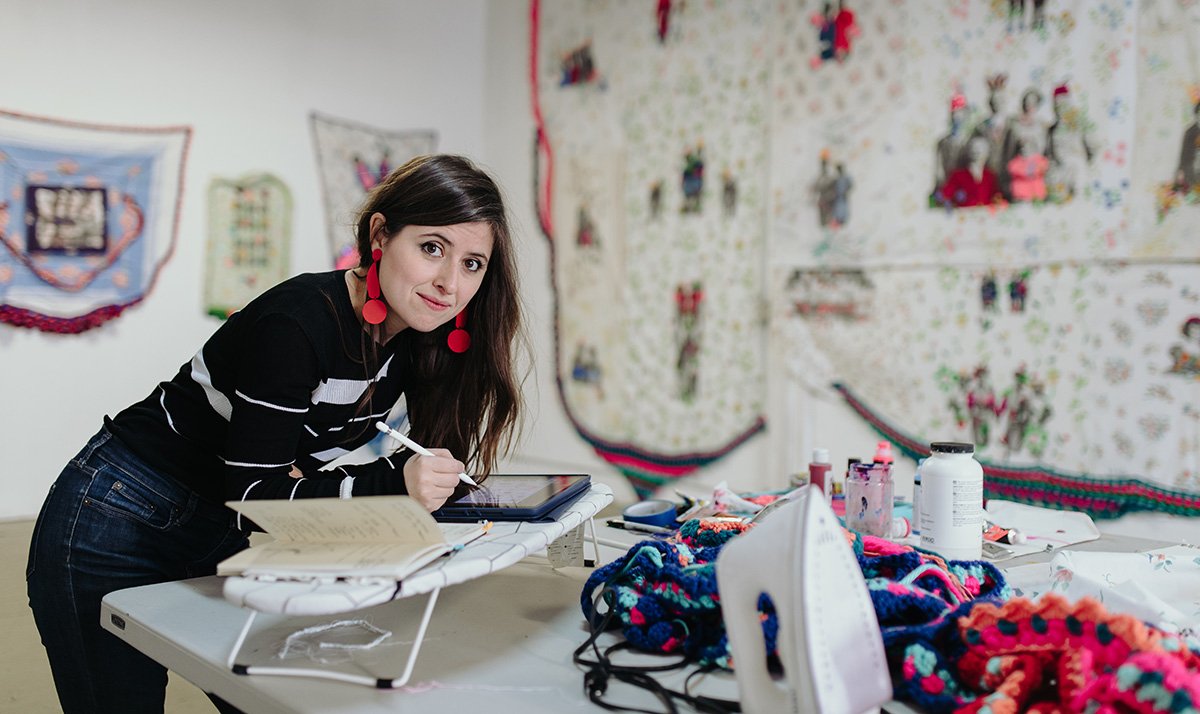A Conversation With Catherine Ryan Hyde
PHOTO: Catherine Ryan Hyde, a celebrated author whose work continues to inspire and captivate audiences worldwide.
Reflections On Writing, Trauma, And Chosen Families
Bestselling author Catherine Ryan Hyde discusses storytelling, personal growth, and the themes that define her work, including self-acceptance, unconventional families, and the universal struggles of beauty and resilience.
Catherine Ryan Hyde has built a remarkable literary career characterised by deep empathy, emotional resonance, and an unflinching honesty that invites readers into the most vulnerable corners of the human experience. With fifty novels—published and forthcoming—under her name, she has earned her place as one of the most prolific and beloved authors of our time. Across these works, and through her celebrated short stories, Hyde has offered a constant: a world imbued with hope, even as it grapples with the scars of trauma and the intricacies of unconventional connections.
Her novel, Pay It Forward, became a cultural force, its philosophy sparking waves of goodwill around the globe and earning a place on both bookshelves and cinema screens. Yet, Catherine’s successes are not merely a matter of numbers or accolades—they are rooted in stories that make life more bearable, more beautiful, and ultimately, more human. From the shimmering hope in Just a Regular Boy to the emotional depths of Love in the Present Tense, her characters reflect the complexities of life, the persistence of love, and the unpredictable tenderness of chosen families. There is always a sense of restoration in her work, underscored by her unwavering belief in the resilience of the human soul.
Hyde’s life outside of writing—her love of adventure, astrophotography, animal rescue, and public speaking—illustrates the depth of her connection to both people and the wider world. Whether exploring themes of self-acceptance, relationships, or healing, her work continues to affirm the importance of confronting life’s challenges with authenticity and grace. Through her vivid truths, she offers readers not only an escape but also a way to look inward—a gift that transcends the page.
What inspired you to write Michael Without Apology, and why did you feel it was important to explore themes of body image and self-acceptance?
When I was growing up, my peer group subjected me to ongoing, abject misery over my appearance. I was overweight, had very thin hair, braces on my teeth, and my father’s nose (which my parents talked me into having “fixed” at age 16, correctly sensing I was in a crisis of confidence).
Fast forward more than 50 years. My thin hair has gone to nearly nonexistent, and I have all the wrinkles one expects at 70. But in a very real way I don’t care how I look. I look the way I look, right? I’m not a model or an actress. Still, I ended up back in therapy over it, because I couldn’t figure out why I was so upset about it all, considering the fact that I don’t care much about appearance.
That’s when I learned that I was still carrying the scars from all that teasing and bullying. And I wanted to make a statement regarding why we do that to each other, and to ourselves, and whether we can move beyond it.
How did your personal experiences, especially around ageing and appearance, influence Michael’s journey in the novel?
I started in the way I described above. And then, like Michael, I made the discovery that this kind of insecurity is not reserved for people with obvious issues. To one degree or another it’s nearly universal. Or, as the characters of Mr. Dunning and Rex Aronfeld made clear, it’s entirely universal, because one immutable component of society’s views of beauty is youth. So you have two types of people: those who can never live up to the unrealistic standard and those who have worked hard to get there but feel it slipping away.
You’ve had an incredibly diverse life—public speaking, hiking, astrophotography, animal rescue—how do these different parts of your life find their way into your writing?
I think all life experiences inform an author’s fiction, at least if they’re doing it right. And by “it” I mean both the writing and the living. Sometimes it enters a novel in an obvious way, such as writing about a place I’ve been, or sharing the feeling a character gets while gazing at the stars. On another level, if you love life and find the world interesting, it will come through in the work in an indirect way but unmistakable way.
Many of your characters form unconventional families. What draws you to write about these chosen bonds?
I can’t imagine what it would be like to have a happy childhood and grow up in a happy family. Perhaps more importantly, happy families are great to experience but not too interesting to read about. No conflict, no story.
In a more general sense, I write about chosen bonds for the same reason I write about (mostly) non-romantic relationships. If you’re in love with someone, or you’re a decent parent who loves your child, I know why you give them everything. That goes without saying. But what if you’re not in love, or the child is not yours? What if a person is crossing that invisible boundary of what we think we owe to a stranger? Those are the kinds of motivations that fascinate me and feel worth exploring.
How do you approach writing trauma in a way that feels honest but not overwhelming for the reader?
That’s a very good question. I do often write about trauma that I know can be tough for the reader. Two answers. One, when you’re deep into your career, say 50 books in, your readers begin to trust you. I’m known for hopeful endings, and readers tell me they stick with a book through tough times because they know I’m going somewhere good with it.
Two, I’ll sometimes flip back and forth from past to present as a way of not holding the reader in a painful place for too long. In Just a Regular Boy I moved from the young boy’s horrific experiences to chapters from the POV of the foster mum. They hadn’t met yet, but you knew they would, and I felt that would be reassuring. I use myself as a barometer. If it’s getting too heavy for me as the writer, the reader will likely feel the same.
What was it like to transition from a very public-facing career to a more reflective, literary space?
I’m a profoundly introverted person, so… Heaven. It felt like Heaven.
Animals seem to play an important role in both your personal life and your stories. What do you think they teach us about connection?
I think they’ll teach us as much as we’ll let them. They are in the moment, and they don’t share our language, so they are expert at communicating on a level of trust and emotion. Those who are open to that connection will find it life-changing.
With your love for adventure and the outdoors, do you ever write while travelling or hiking?
I might be developing something in my head out in nature, but if I’m typing words into memory I’m home in my easy chair.
How has your relationship with your audience changed over time, especially now that you’ve embraced being visibly and vocally yourself?
I don’t feel it has changed. I think I’ve been visibly and vocally myself the whole time. Now I just feel less vulnerable and ambivalent about it.
What advice would you give to other authors who are hesitant to show their true selves—whether in their photos, their stories, or their lives?
Authors who are hesitant to show their true selves are afraid, as is true of all of us to one extent or another. I don’t know if there’s anything I can say to make another person unafraid. On the off chance it might help, I’ll say we’re far more like other humans than we might imagine.













